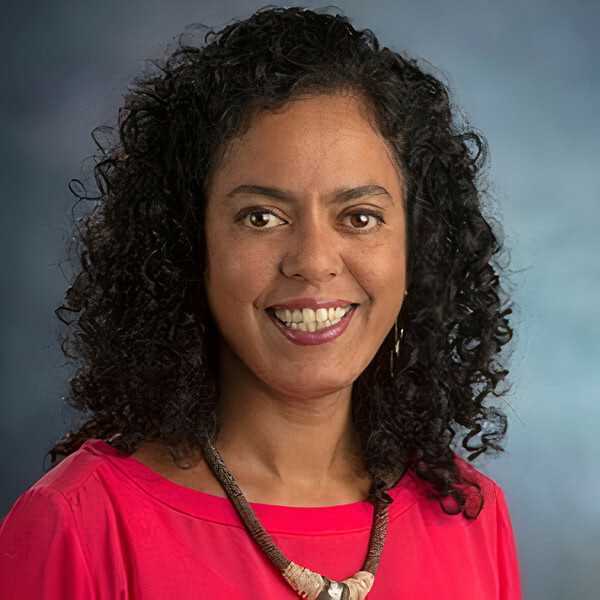
Cynthia Puranik, a communication sciences and disorders professor at Georgia State, is developing a new intervention program for early childhood education students with language learning disabilities.
The U.S. Department of Education’s Institute of Education Sciences granted Puranik a $1.4 million grant. Colleagues at Seton Hall, including professor of speech-language pathology Anthony Koutsoftas, are helping Puranik develop the intervention program for students with language-based learning disabilities, or LLD.
“Students with LLD have a disability related to spoken or written language, which negatively impacts their ability to read, spell or write and also negatively impacts academic performance,” Puranik said.
According to the Georgia State News Hub, Puranik received another grant a year prior. She got the “five-year, $3 million grant from the U.S. Department of Education’s Institute of Education Sciences” in May 2019. Last year’s granted project, “Peer Assisted Writing Strategies (PAWS): Efficacy,” had a similar goal to the new intervention, the Writing in Students with LLD.
Puranik’s specialties include developing new writing techniques to help children grow to develop their skills. Puranik is also an affiliate faculty of the Research on the Challenges of Acquiring Language and Literacy Initiative at Georgia State.
Her and her colleagues at Seton Hall’s Department of Speech-Language Pathology will form a small group of instruction with special education teachers and speech therapists for LLD students.
According to the WHO, at least 15% of the world’s population has some type of learning disability. An early start on basic writing skills can improve a student’s performance.
“There is a great need for educators to gain knowledge on the structure of spoken and written language in order to improve literacy outcomes for students with LLD,” Puranik said. “The ability to write is necessary for academic success. Additionally, writing is a requisite skill for obtaining gainful employment, whether an individual completes higher education or moves directly into the workforce.”
The purpose of this is to get an intervention that focuses on the structure of word-sentence, process level writing skills in students with language-based learning disabilities. Expressing oneself with writing includes the basic skills of spelling and handwriting. The intervention will be given as part of an individualized education plan (IEP) for special education.
Puranik and Setton Hall colleagues are partnering with the Writing in Students with LLD program to study students with LLD and their writing performance. The research will take place in elementary schools in New Jersey that serve 4th and 5th-grade students.
Christopher Tullis does similar research at Georgia State regarding helping students with learning disabilities. He aims to train people as high-quality early interventionists who are fluent in early childhood special education and applied behavior analysis.
“Dr. Puranik’s projects are influential and innovative,” Tullis said.
The researchers for Puranik’s program will keep track of the progress of Project WILLD writing intervention. Overall, this will be a four-year study. In the first year, there will be materials created that will be validated by experts for useability. In year two, about 20 students will use the materials evaluated and track the improvements in their reading and writing skills.
After evaluation, the learning materials will be adjusted. After the materials have been modified and refined, approximately 10 special education educators and speech-language pathologists will implement the study at schools with 50 students in year three. The final year will finalize the LLD program’s cost to be made available on the website.
The project will develop a language-based intervention to improve writing outcomes in students with LLD. Written cohesion is the intervention’s focus as it has word, sentence and discourse-level implications for improving writing.
The intervention will incorporate well-accepted educational practices for working with students with special education needs. These practices include explicit and direct instruction, strategy-based instruction and integration of spoken and written language.
At the word level, the intervention will focus on cohesive ties. The intervention will also focus on syntax and sentences. The third level of the intervention focuses on constructing cohesive paragraphs.
The formation of a paragraph helps students express their opinions, provide arguments or explain concepts they deem difficult.
“A lot of learning disabilities cannot be diagnosed just by looking at someone,” Karell Russell, a Georgia State senior with a disability, said. “I think it’s cool and important that we are talking about language and learning disabilities, especially with early education, so it can help develop a student with these disabilities early on.”
This project involves an iterative developmental design that includes qualitative feedback, logistical testing and pre/post-testing. Many college students go through their entire lives not knowing that they have a learning disability, which affects their schoolwork and work in their career field.
Helping students from an early age helps build confidence and skills needed for post-secondary schooling and provides equal opportunity in the work field. There is an old myth that states that if a person knows how to speak, they know how to write, but about 6% of students have written-language learning disabilities.
Students with learning and attention issues are just as intelligent as their fellow students but need additional support to get to a level of normalcy. Some students aged 6 to 21 have difficulty completing diplomas or degrees and settle for certification of completion because of the disabilities.
Once the LLD program research is complete, Puranik is looking to help improve retention rates of special education students with written language learning disabilities in early childhood education and hopefully in colleges.
